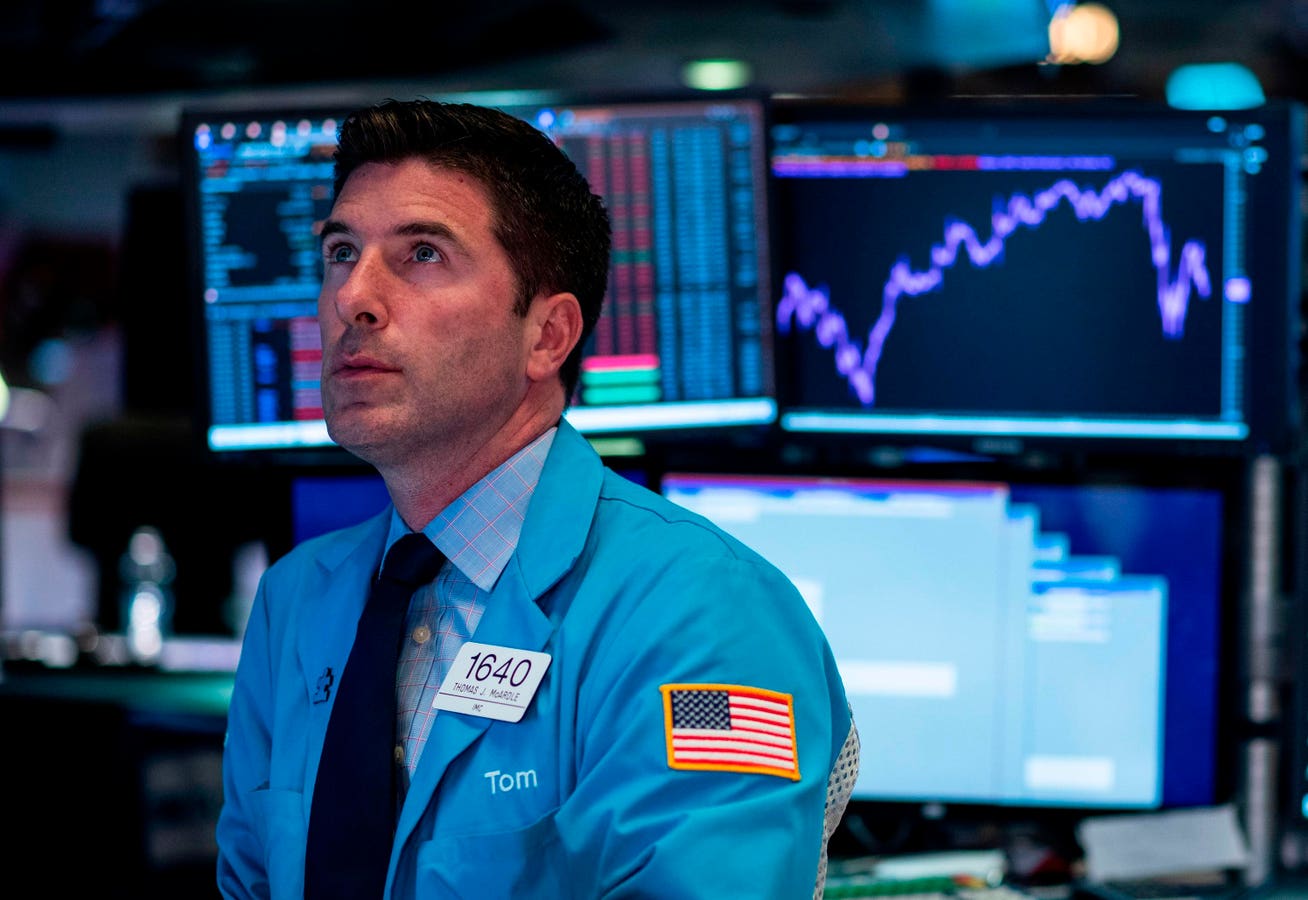Recent economic news signals strength, at least on the surface. Retail sales have surpassed expectations and outpaced inflation by a substantial margin. Largely because of the strong consumer, the nation’s recently released gross domestic product (GDP) showed a powerful annual real growth rate of 4.9 percent for the summer quarter. Many economists have changed their opinion as a result. According to the Wall Street Journal, the consensus of economists has abandoned the once widely-held expectation of recession. Given the poor forecasting record of consensus thought, this shift of opinion should at the very least raise red warning flags. And indeed, behind the bright headlines the economic landscape also warns against a too glib dismissal of future economic trouble.
Federal Reserve (Fed) policy is one source of that trouble. Monetary policy makers show no sign of relenting on their anti-inflation efforts. They may have paused in raising interest rates further than they already have, but they have indicated that there still may be rate hikes in the future, and at the very least they will keep rates elevated until inflationary pressures have firmly returned to the Fed’s preferred rate of 2 percent a year, still a long way from where things are today. Indeed, the economic news makes the Fed more likely to raise rates. Policy makers surely have noted that GDP inflation actually accelerated during the third quarter to a 3.5 percent annual rate, up from an otherwise comforting 1.7 percent in the spring quarter. What is more, the seeming recent economic strength might also embolden the Fed’s inflation-fighting efforts by offering policy makers a seeming security against recession. While such Fed responses do not guarantee recession, neither do they give reason to look for ongoing economic strength.
Caution also emerges from the news on new capital spending. According to the Commerce Department’s Bureau of Economic Analysis real spending on equipment and new productive facilities actually fell during the third quarter. Especially worrisome was how spending on new equipment fell at a 3.8 percent annual rate. This drop extends the average 1.3 percent real drop in such spending during the past four quarters. Since much of the technology is embodied in the new equipment business buys, this shortfall says nothing good about the nation’s future productive capacity or productivity growth. Nor does it help that direct real spending on technology – what the Commerce Department calls “intellectual property products” – though still increasing, has slowed dramatically over the past three quarters.
There is reason in the mix of consumer spending also to doubt the durability of the consumer splurge at the root of all the good news. The Bureau of Economic Analysis notes that the bulk of recent spending came from outlays on durable goods, things like cars and household appliances. Real spending in this area jumped at a remarkable 7.6 percent annual rate in the third quarter, far surpassing a little over 3 percent real growth in spending on nondurable goods and services. Since these sorts of goods last for a while, surges in spending on them are almost always followed by a spending ebb. This expectation of a coming ebb receives reinforcement from households’ typical response to inflation. When prices are rising fast – and they continue to do so even if not quite as fast as a year or so ago – households will buy sooner than they otherwise might to get ahead of expected price increases. Goods that last over time – durables – are especially attractive in this inflation-beating game. But again, because the stuff people buy lasts, the surge from this motivation, is also usually followed by an ebb.
Future consumer spending also seems vulnerable to the deteriorating state of household finances. Inflation, according to all indicators, has outstripped household income growth for three years running. Real household income, according to the Bureau of Economic Analysis, has actually declined over this time. Yet real consumer spending has held up, especially in recent months. Households have managed this trick by cutting back on flows into savings they might otherwise have made. The Bureau notes that savings flows have in fact dropped from 8.5 percent of after-tax income in the third quarter of 2021 to barely 3.8 percent in this year’s third quarter. Households could squeeze savings even more. The have saved at lower rates in the past. But there is clearly a limit at which point consumer splurging will have to stop. And it is not very far away.
Presently, thoughts of recession have receded under a tremendous flow of good economic headlines. Those headlines, however, do not tell the whole story. Other aspects of the economic picture are not nearly as sunny. It would be a mistake to dismiss the prospect of economic trouble sometime soon – even recession.
Read the full article here





